Malta’s landscape holds some of humanity’s oldest freestanding structures—megalithic temples dating back over 5,000 years. These ancient monuments predate Stonehenge and the Egyptian pyramids, yet many have become integrated into the fabric of modern Maltese life.
Rather than being cordoned off as untouchable relics, numerous villages have grown around and sometimes directly into these prehistoric sites. The island’s compact size and dense population meant that ancient and modern had to coexist in remarkable ways.
Here is a list of 14 Maltese villages that have built their communities around or into ancient temple complexes.
Qrendi

This village of roughly 3,000 residents sits right next to the famous Ħaġar Qim temple complex—one of Malta’s most spectacular prehistoric sites. The temples date back to around 3600 BCE, while the village has grown organically around them over the centuries.
Modern houses practically touch the ancient limestone blocks, creating an extraordinary juxtaposition of eras. Villagers have always treated the temples as part of their neighborhood rather than distant monuments. However, tourism has brought renewed attention to their backyard archaeological treasures.
Żurrieq
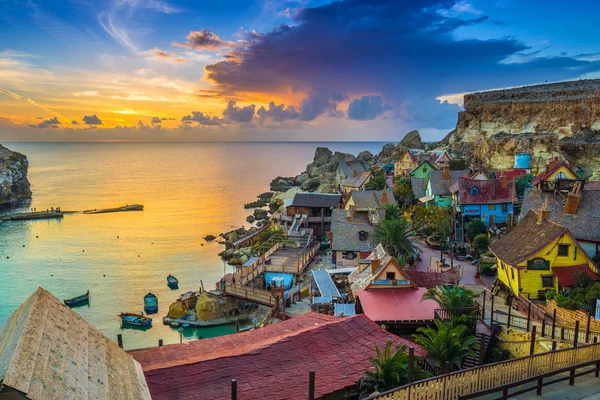
Żurrieq houses about 11,000 people and contains multiple prehistoric sites woven throughout the community. The village name itself comes from the Maltese word for ‘blue,’ referring to the stunning coastal views residents enjoy.
Ancient temple remains dot various neighborhoods—some incorporated into garden walls, others serving as foundations for newer construction. Local families have lived alongside these 5,000-year-old structures for generations, treating them as natural parts of their environment.
Like Travel Pug’s content? Follow us on MSN.
Xagħra
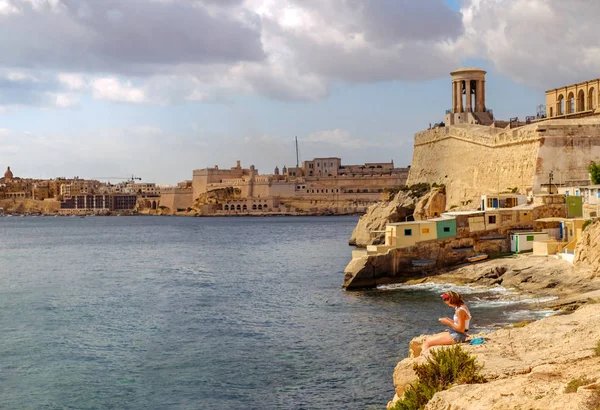
This Gozitan village showcases one of Malta’s most remarkable archaeological integrations. The Ġgantija temples sit right in the village center, surrounded by traditional limestone houses and narrow streets.
About 3,200 residents call Xagħra home, many living within a stone’s throw of structures older than recorded history. The village has grown up around the temples so completely that you can grab morning coffee while looking at megalithic architecture—a surreal blend of prehistoric and contemporary life.
Tarxien
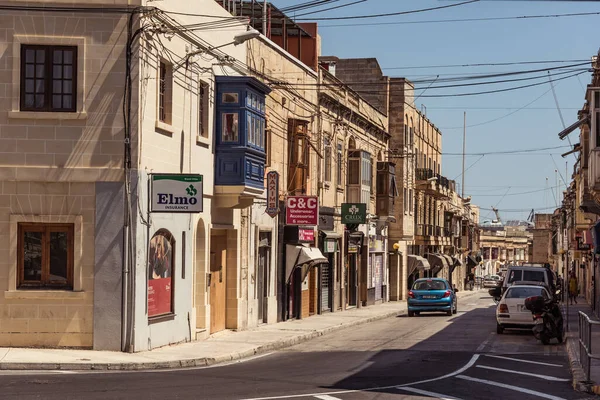
Tarxien gained worldwide fame for its temple complex, yet it remains a working-class village where about 8,500 people live their daily lives. The prehistoric temples were discovered right in someone’s backyard in 1914, revealing intricate stone carvings and spiral decorations.
Village houses press close to the archaeological site, with residents often finding ancient pottery shards while gardening. Children grow up playing near 5,000-year-old altars—though they’re more interested in football than archaeology most days.
Skorba
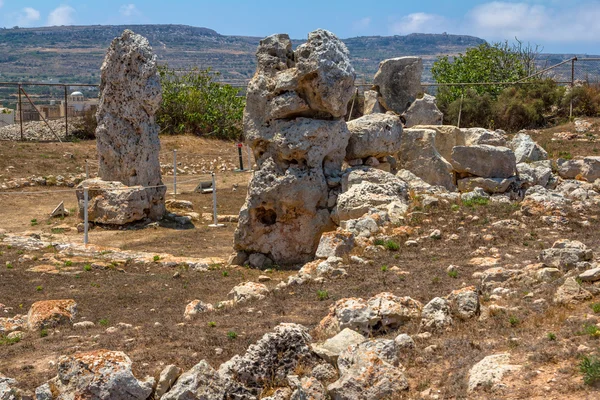
This small farming community built itself around one of Malta’s oldest temple sites. Skorba’s temples may be the earliest religious structures on the islands, dating back nearly 6,000 years.
The village itself houses only a few hundred residents, but they’ve maintained their agricultural traditions right alongside the ancient stones. Farm buildings incorporate temple blocks into their walls, while fields stretch between prehistoric chambers and modern grape vines.
Like Travel Pug’s content? Follow us on MSN.
Mnajdra
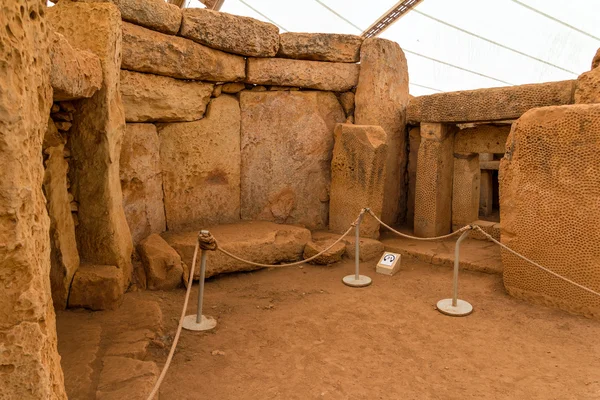
The tiny settlement near the Mnajdra temple represents one of Malta’s most dramatic archaeological landscapes. Only a handful of families live here permanently, but they’re literally neighbors to some of the world’s most sophisticated prehistoric architecture.
The temples’ astronomical alignments still function perfectly after millennia, while residents go about modern life just meters away. Stone quarries nearby provided building material for both ancient temples and contemporary houses, connecting past and present through shared limestone.
Ta’ Ħaġrat
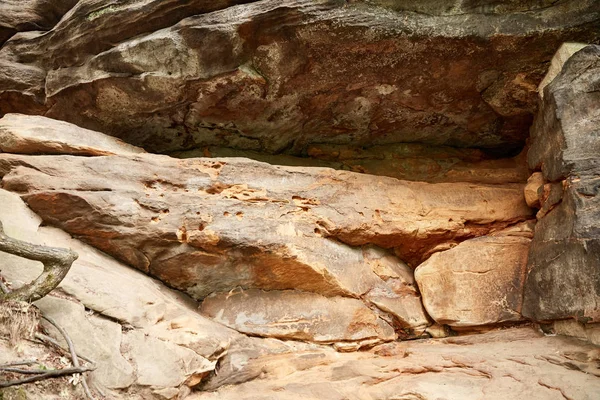
This small village grew around Malta’s oldest known temple complex. The structures here date to around 3600-3200 BCE, making them among humanity’s earliest monumental buildings. Village life continues as it has for centuries, with residents maintaining traditional crafts and farming practices.
Ancient temple walls often serve as property boundaries between houses, while some families have built their homes using stones that may have once been part of the original complex.
Kordin
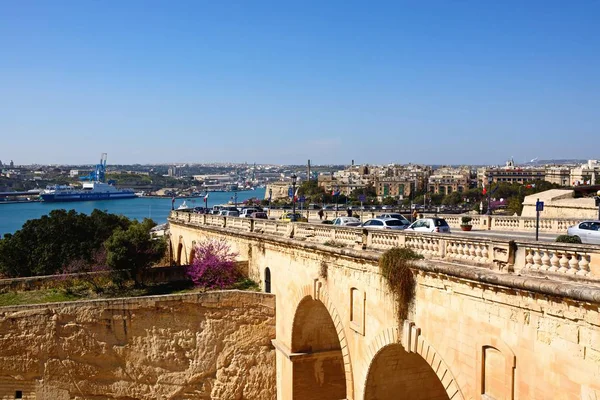
Kordin’s temple complex sits within what’s now a densely populated area, surrounded by typical Maltese townhouses and narrow streets. The prehistoric site was nearly lost to urban development, but survived partly because residents incorporated it into their neighborhood layout.
About 1,500 people live here, many in houses that use the temple’s massive stones as structural supports. Local children treat the ancient chambers as part of their playground, though parents keep a watchful eye on these priceless archaeological features.
Like Travel Pug’s content? Follow us on MSN.
Santa Verna
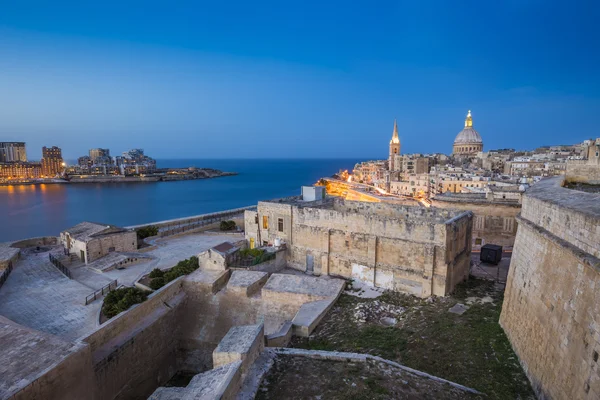
This quiet village contains temple remains scattered throughout residential areas. The ancient structures weren’t fully recognized until the 20th century, partly because they’d been so thoroughly integrated into daily village life.
Families had been using megalithic blocks as garden walls and building foundations for generations without realizing their historical significance. Even today, prehistoric carved stones peek out from between modern additions and renovations.
Tas-Silġ

Tas-Silġ represents one of Malta’s most continuously occupied religious sites—from prehistoric temples through Roman times to modern Catholic chapels. The village community has maintained this sacred tradition for over 5,000 years.
Ancient temple foundations support medieval church walls, while Roman columns stand next to Baroque additions. Residents participate in religious festivals that may echo rituals performed on the same spot during the Stone Age.
Tal-Qadi
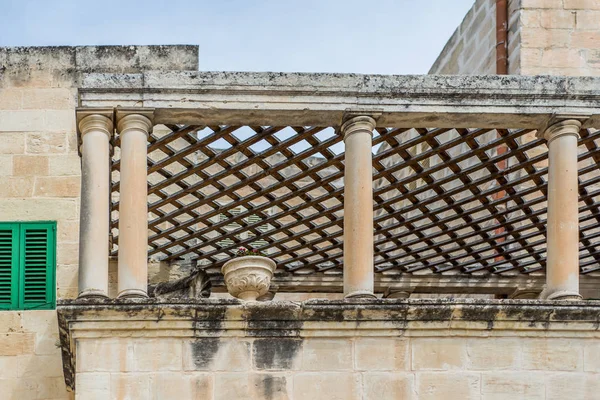
This small agricultural community contains temple remains that were only properly identified in recent decades. The prehistoric site had been so thoroughly absorbed into village life that its original purpose was nearly forgotten. Farmers had been using the massive temple stones as livestock pens and storage areas for generations.
Today, about 200 residents live here, maintaining traditional farming practices that may not be so different from those of the original temple builders.
Like Travel Pug’s content? Follow us on MSN.
Għar Dalam
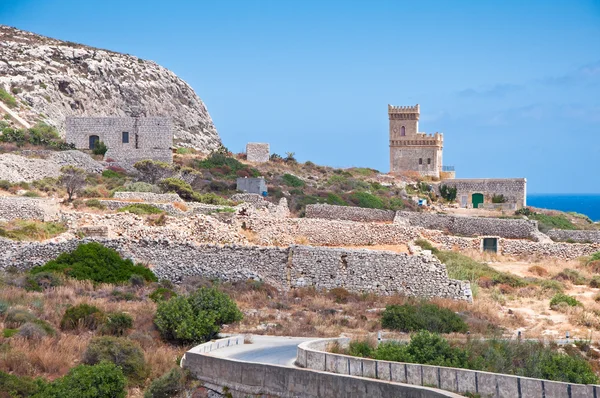
The village surrounding Malta’s most famous prehistoric cave site has grown to embrace its archaeological significance. While the cave itself contains evidence of Malta’s earliest inhabitants, the modern community continues that tradition of making the landscape home.
Residents live in houses built partially into the hillside, following construction techniques that echo those used by their Stone Age predecessors. The village maintains strong connections to traditional crafts and farming methods.
Borġ in-Nadur
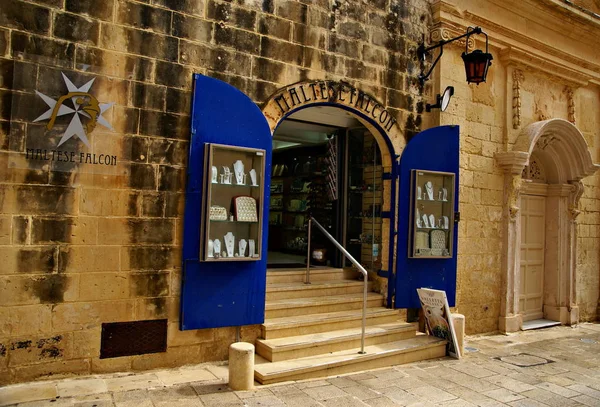
This coastal village contains both Bronze Age temple remains and later fortifications, creating layers of history throughout the community. Modern houses sit atop ancient foundations, while village streets follow pathways that may have existed for millennia.
The prehistoric site overlooks the harbor, and many residents still make their living from the sea, just as their ancestors did thousands of years ago. Traditional fishing boats anchor near Bronze Age walls.
Xemxija Bay
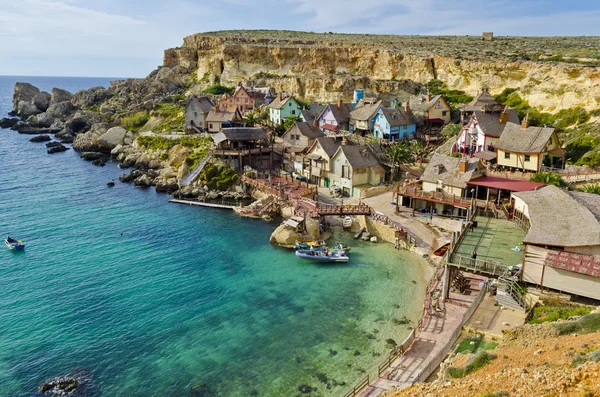
The small community around Xemxija Bay has grown to encompass several prehistoric sites scattered along the coastline. Ancient temple foundations emerge from residential gardens, while megalithic blocks serve as sea walls protecting modern houses.
The village maintains its fishing traditions, with boats launching from beaches where Stone Age people once performed religious ceremonies. Tourism has brought new attention to the area, but year-round residents continue treating these ancient sites as natural parts of their neighborhood.
Like Travel Pug’s content? Follow us on MSN.
Living History in Stone
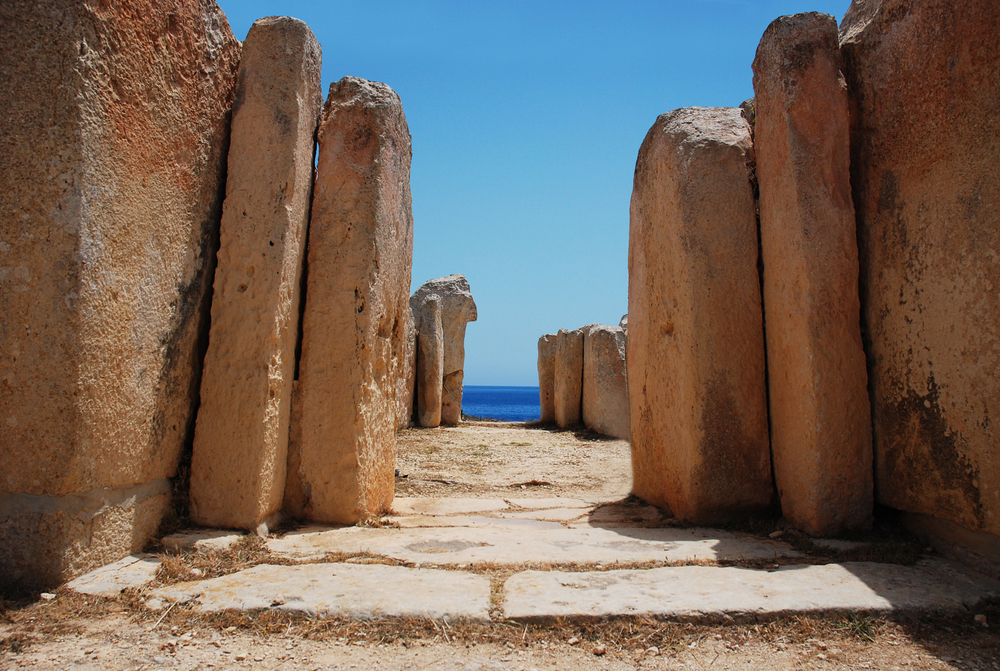
These Maltese villages demonstrate how ancient heritage can remain vibrantly alive rather than becoming museum pieces locked away from daily experience. The integration of prehistoric temples into modern communities creates something unique in the archaeological world—places where 5,000-year-old stones still serve practical purposes in contemporary life.
Residents of these villages don’t just live near history; they live within it, maintaining traditions that stretch back to humanity’s earliest monumental builders. This organic blending of past and present offers a different model for heritage preservation, one where ancient sites remain active parts of living communities rather than isolated relics.
The stones that once witnessed prehistoric rituals now anchor family homes, creating an unbroken chain of human habitation that spans fifty centuries.
More from Travel Pug

- 20 Best Beach Towns in the Carolinas
- 13 Destinations Where Tourists Regularly Regret Their Trip
- 20 Destinations That Are More Magical Without an Itinerary
- 20 Underrated Adventures That Belong on Your Travel List
- 20 Cities Where You Should Just Wing It, No Planning Required
Like Travel Pug’s content? Follow us on MSN.
